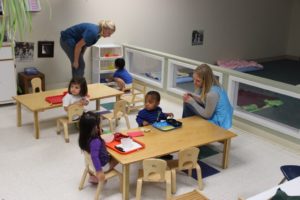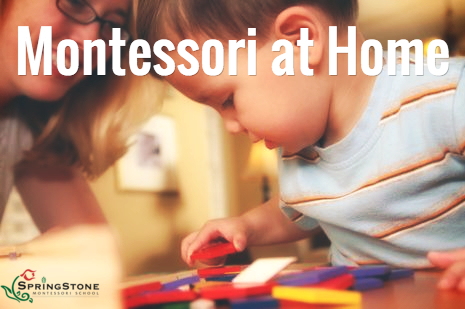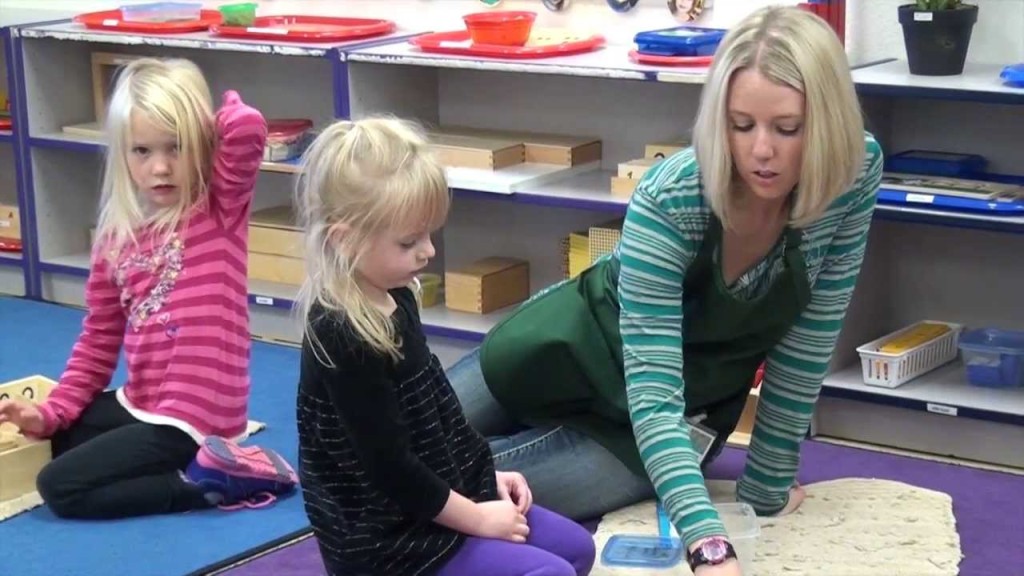Communicating with and presenting materials to our young toddlers
Focus on communication with young toddlers

As adults, we tend to ‘know’ how to do everything, and at times, we need to be reminded about the importance of our actions, and how distracting our words can often be!
Dr. Maria Montessori put it perfectly in the below quote:
“Do not tell them how to do it. Show them how to do it and do not say a word. If you tell them, they will watch your lips move. If you show them, they will want to do it themselves.”
So, why are your actions so much more important than your words? We all know how easily our toddlers are distracted. We want their undivided attention. And most of all, we want to help them keep their focus on our hands during material presentations.
This allows them to watch and absorb the important what and how.
• What are we working with?
• How do we use / manipulate the materials?
• How do we move the materials from the shelf to our work area?
• How do we clean up our work?
If we add language or verbal descriptions when presenting materials to a young child or a group of toddlers, we are not helping them focus, but rather, our voices act as a distraction.
So, use the fewest number of words possible during a lesson or presentation and allow the focus to be on the materials.
You can practice this approach with your toddler at home when you introduce them to new materials. We can’t expect our toddlers to understand how to use something, if it is new to them, so spending the time to show them with few words, makes all the difference. You have just given your toddler the opportunity to succeed…
Sometimes we use too many words to give instructions to our children. Here is an example of what me might say to our toddler when we want to take them to the park.
- “We are going to the park.”
- “We’ll need to get our shoes.”
- “Our shoes protect our feet.”
- “Let’s wear some comfortable shoes.”
- “Where are your shoes?”
- “Did you put them on yet?”
And the list can go on and on….
Instead, try using few words. In this situation, it could just be one word. “Shoes”. Again, keep in mind that the young toddler has few words, and they need to work out themselves what they need to do, giving them control over the situation.
It is not just about using less or fewer words, our body language is important too. Remember that most communication is non-verbal. Body language – 55%, Words – 7% and Tone – 36%. Our body language can communicate our approval or dissatisfaction with the child or their actions and so much more.
Sometimes, we forget how much effort and concentration goes into simple tasks like putting on shoes, especially if it is a newly acquired skill. It is best that we show our toddlers what and how, and then, we get out of their way!
 And the result will be, a happy and accomplished young toddler who has learned new skills!
And the result will be, a happy and accomplished young toddler who has learned new skills!


